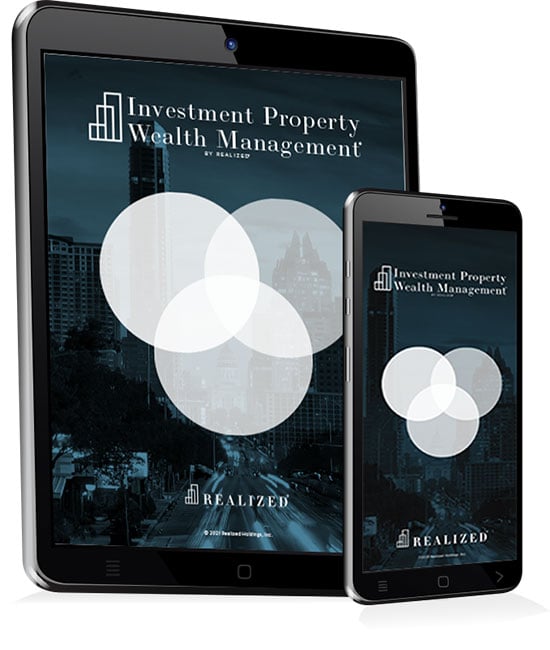
The world of real estate investing is one of the most varied asset classes available to investors. With such a varied asset class, it’s no wonder that investors often opt for real estate as a way to diversify their portfolio, that can help manage the volatility of other investment classes. While many people think of real estate investing and immediately think about the fix-and-flip model that is so prevalent on television shows, or about owning massive apartment complexes that seeks to provide significant rental income each month, there is an asset class that falls between those two groups. Understanding where single-family rentals fit into your portfolio can help you further diversify your portfolio and provide a different opportunity for you.
What is an SFR?
In the world of real estate investing, “SFR” simply refers to a single-family home that is used as a rental property. In contrast to apartment complexes, multi-family housing options, and other commercial offerings, a single-family property is one that is designed to be inhabited by a single person or family. While there are some cases where a single-family home can be subdivided into a space that is suitable for multiple tenants, that’s not generally the goal for investors who purchase these properties.
What Qualifies as an SFR?
As is always the case in real estate investing, there are certain criteria that must be met in order for a property to be classified in a certain way. Single-family rentals are certainly not exempt, and must meet certain requirements to be a legally viable option for investors.
One of the most important aspects of SFR investing is found in local zoning ordinances that dictate what type of properties are permitted in a given space. For instance, if a property is zoned as a duplex, there may be a lengthy process in which you can motion to have the property reclassified, but local governments are not obligated to grant that request.
You will also need to consider your plans for the property. For instance, if you purchase a single-family home, those same local zoning ordinances apply. This means that you can’t simply go in, remodel the property and turn it into a duplex. Instead, you will need to plan on operating it as an SFR.
Potential Benefits of Investing in SFRs
All investors want to take part in investments that benefit them. It’s important to consider your personal investment strategy and your goals when determining where a subject property fits in your portfolio.
One of the primary benefits of an SFR is found in the fact that it allows you to pursue recurring income without having to purchase something as large as an apartment complex.
Additionally, managing an SFR can be easier than managing an apartment complex, a shopping center, or an office complex. In most cases, as long as you keep the SFR in good condition, your tenants will be happy to pay rent.
Finally, investors who have an eye on the long-term can enjoy the potential appreciation of an SFR. This means that if you’re willing to hold onto the property for a significant period of time, you could be able to liquidate it at a profit later on.
SFRs strive to provide the diversification and the long-term growth that many investors seek. In addition to being easier to manage, the lower barrier to entry makes them appealing for beginning investors and those with significant experience.



